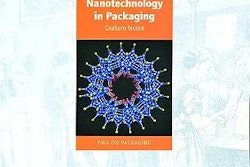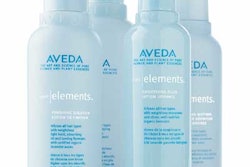When opened, the canister revealed a cream believed to be made up of a mixture of animal fat and a flour-like starch. Although strongly smelling of sulphur and old cheese, the contents were intact and included a smear across the inside of the lid that held the fingerprints of possibly the last user. Similar--but empty containers--have turned up before in excavations from that Roman period.
The container was discovered at Southwark, an area of London on the south bank of the Thames. In preparation for new construction at Tabard Square, a survey uncovered the remains of a Roman-Celtic temple, the first-ever found in London. The area is known to be an important part of the Roman city of Londinium, and archeological surveys are common before new construction is begun.
Now turned over to the Museum of London, the artifact is thought to be the only surviving example of cosmetics from that era. Although the supplier of the canister could not be determined, the magazine did report the contents were likely past its freshness date.


























